Are you passionate about the arts and looking to make a significant impact in your community? Writing a compelling funding request to your local arts council can open doors to vital financial support for your creative projects. In this article, we'll explore the essential elements of a successful funding request letter that resonates with decision-makers. So, let's dive in and elevate your chances of securing that much-needed funding!
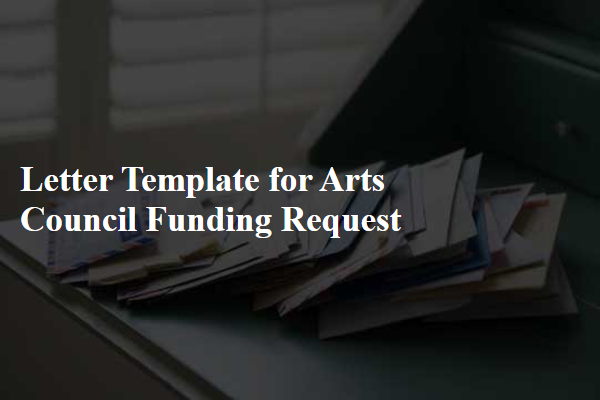
Clear Project Description
The artist collective "Creative Waves" seeks funding to host the "Harmony in Colors" project, a unique art exhibition scheduled for June 2024 in downtown San Francisco. This project will feature twenty-five local artists showcasing their interpretations of community, diversity, and resilience through various mediums, including painting, sculpture, and digital installations. The event aims to attract over 1,000 visitors, providing them with an immersive experience by incorporating interactive workshops and live performances. Collaboration with local schools will enhance educational outreach, engaging students in hands-on art activities. This exhibition aligns with the city's cultural initiatives, promoting local talent and fostering community engagement while celebrating the rich artistic heritage of San Francisco.
Impact and Community Engagement
The local arts initiative, "Creative Voices," aims to enhance community engagement through diverse artistic projects, fostering inclusion and creativity in the heart of Springfield. By collaborating with over 150 local artists and reaching an estimated audience of 10,000 residents annually, the initiative provides workshops, performances, and public art installations that reflect the unique cultural fabric of our community. Events such as the "Springfield Arts Festival," held each September, showcase talent and encourage participation from all age groups, strengthening social ties and promoting understanding among different backgrounds. This funding request seeks support to expand outreach programs, aiming to decrease barriers in arts access, particularly for marginalized groups, ensuring that art remains a vital force for community cohesion and expression.
Budget and Financial Details
Art projects require transparent budget management to ensure alignment with funding expectations. Detailed financial outlines should include estimated costs for materials (such as canvas, paint, or sculptures) and venue rentals (for exhibitions or performances). Labor costs must reflect fair compensation for artists and support staff, covering hours worked and project duration. Additional expenses might include marketing efforts to promote the event (involving local media or social media campaigns) and logistics (transportation for artwork or venue setup). Ensuring a contingency fund (usually 10-15% of the total budget) is essential for addressing unforeseen costs that may arise during the project. Clear documentation and accounting practices are critical for accountability and future funding opportunities.
Artistic Merit and Innovation
Artistic merit and innovation significantly characterize contemporary art projects. Unique artistic expressions often emerge in diverse cultural environments, such as the vibrant art scene in Brooklyn, New York. Engaging local communities through interactive exhibitions may inspire innovative collaborations that challenge conventional art forms. Emerging artists, such as those involved in the Bushwick Street Art collective, utilize urban landscapes to convey powerful messages, enhancing public spaces. Furthermore, innovative techniques--like augmented reality installations--can elevate viewer experiences, fostering deeper connections with art. Funding from arts councils, like the National Endowment for the Arts, can be pivotal for creative endeavors, allowing artists to push boundaries and explore uncharted territories in their work.
Collaborations and Partnerships
Collaborations and partnerships in the arts sector foster innovation and community engagement. Numerous organizations (like local arts councils, universities, and cultural institutions) can create unique programs that highlight the diverse talent present in their regions, such as a joint exhibit featuring emerging artists at the downtown gallery in Austin, Texas. These initiatives often attract increased funding opportunities, expand audience reach, and strengthen community ties, exemplified by successful events like the annual "Art in the Park" festival showcasing local musicians and visual artists. Collaborative efforts also encourage skill-sharing and resource pooling, enabling more dynamic projects that might not be feasible for individual entities alone, ultimately enhancing the cultural richness of the community.

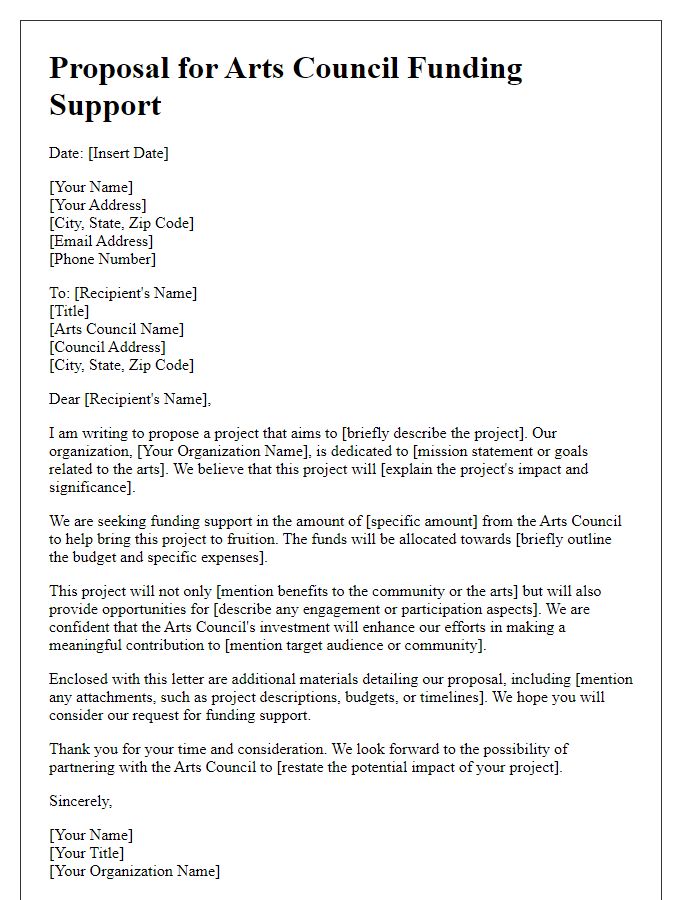
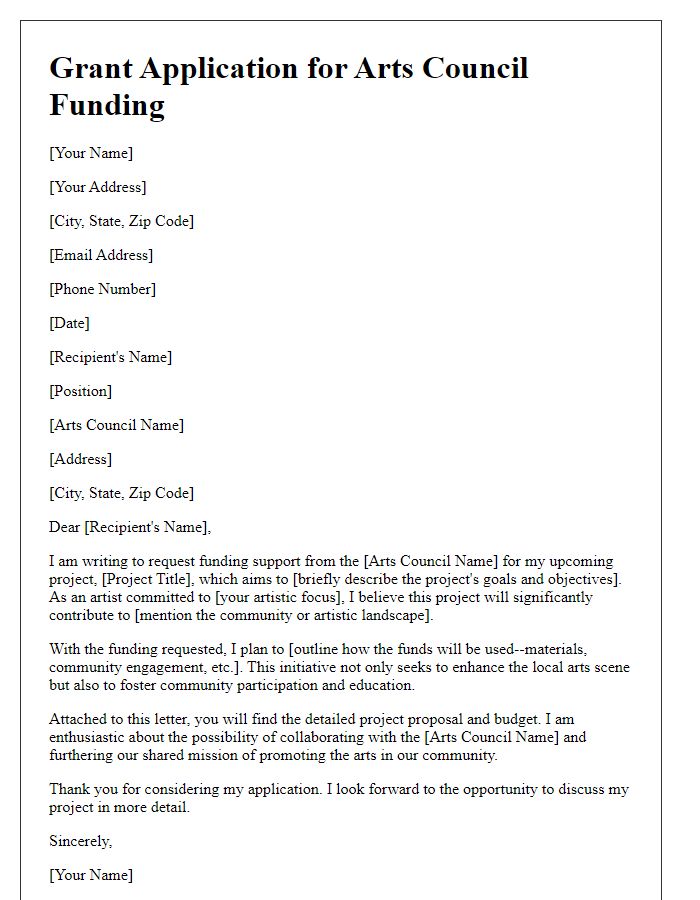
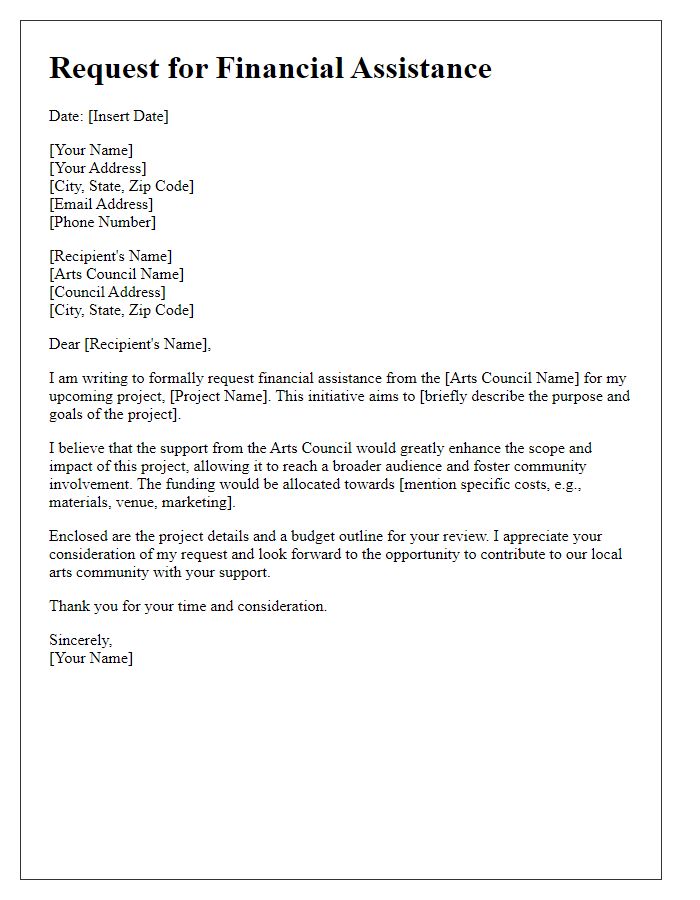
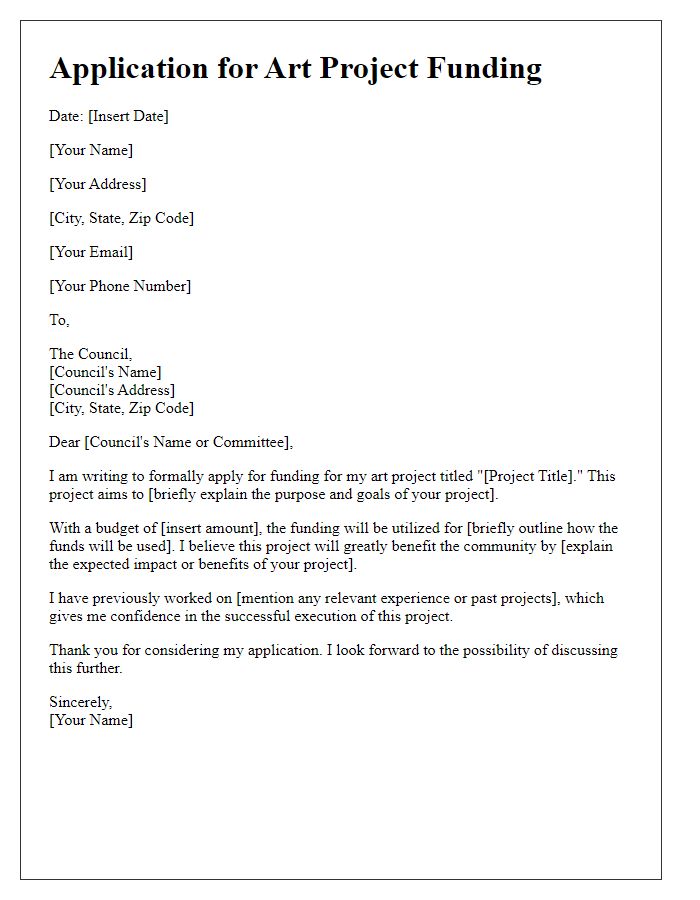
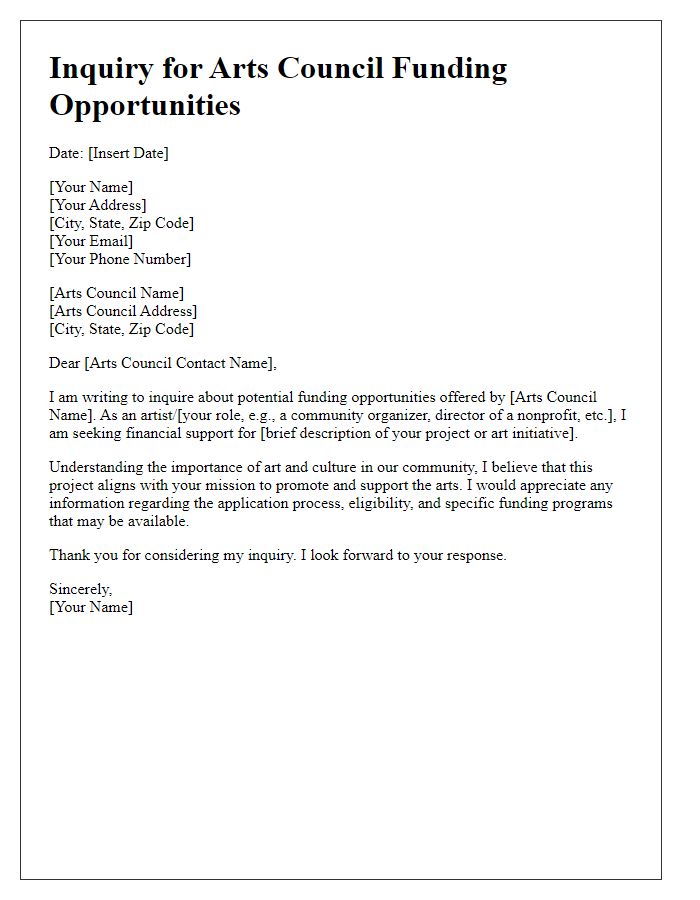
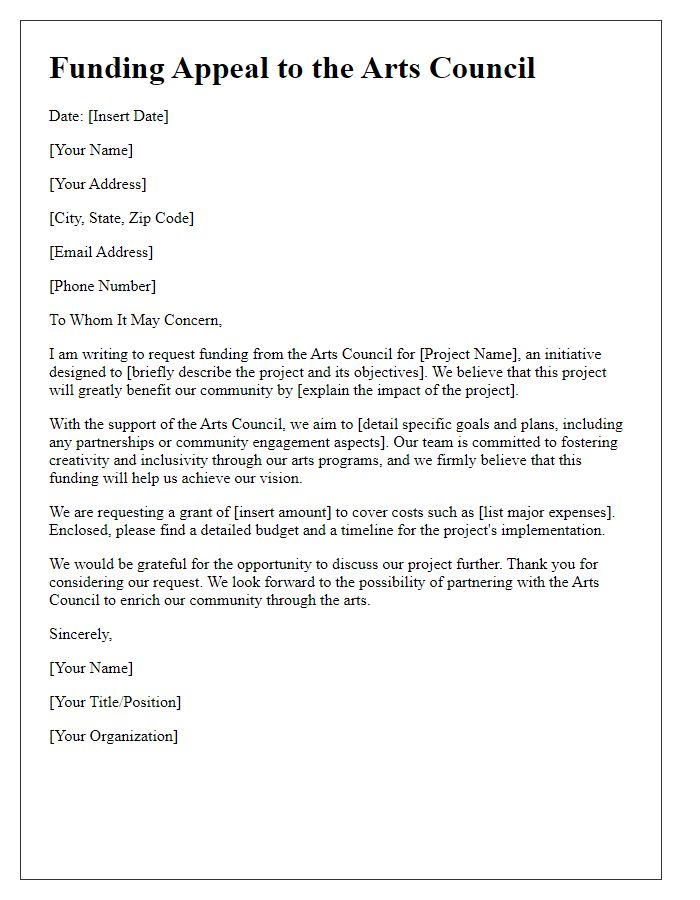

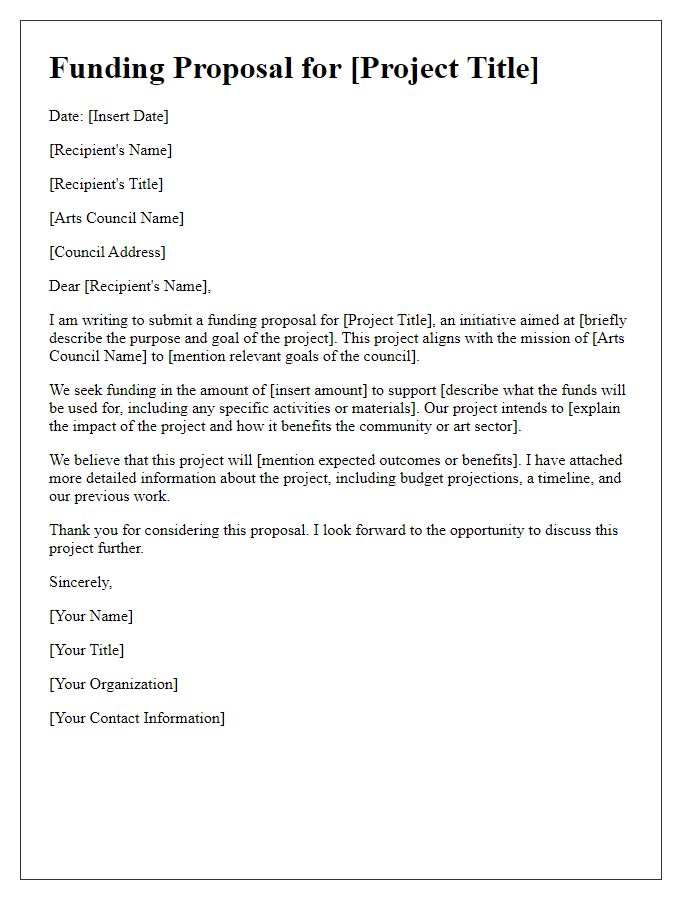
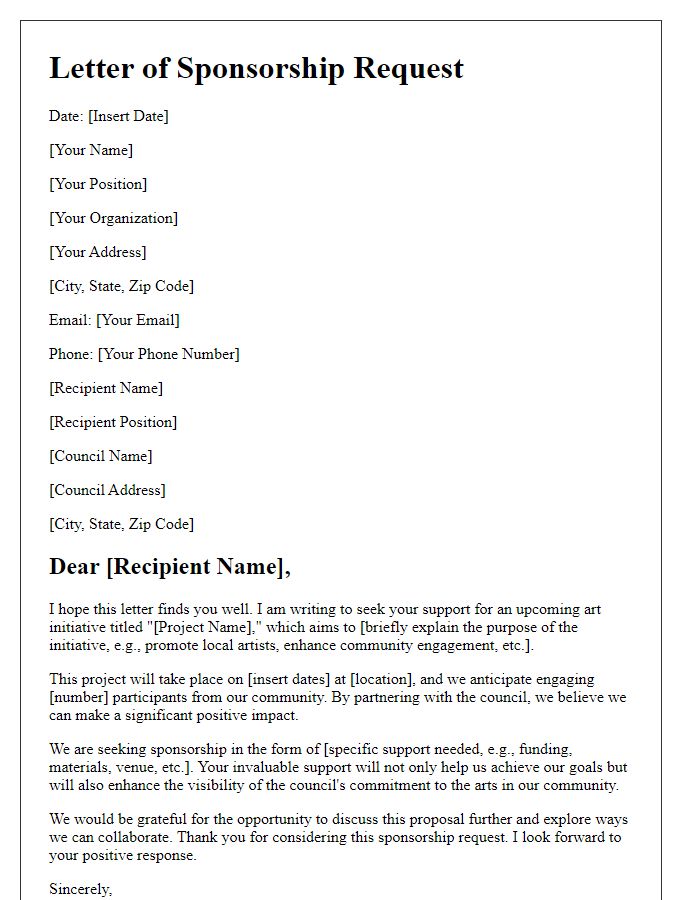
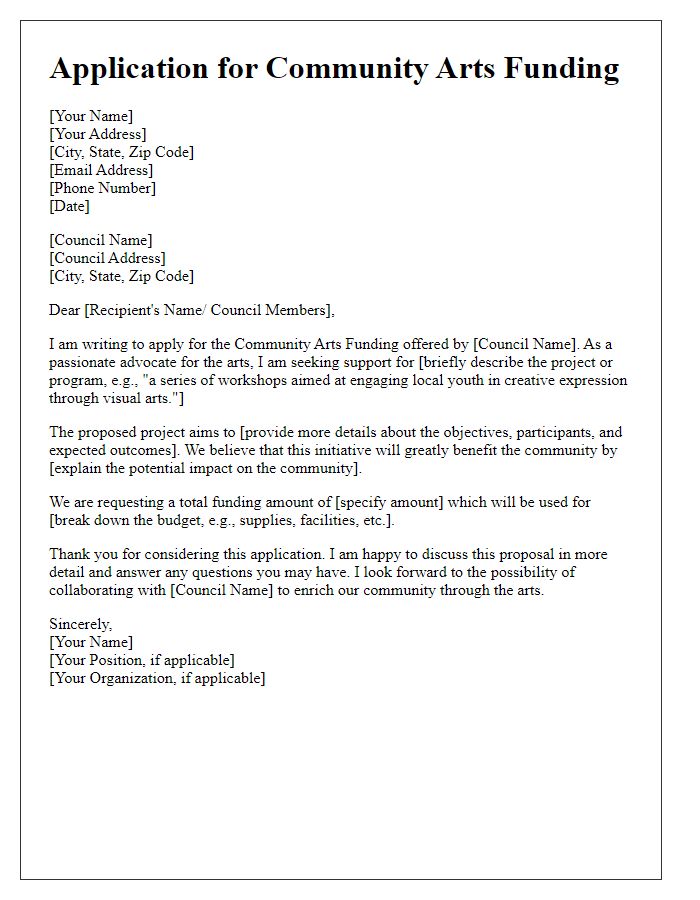

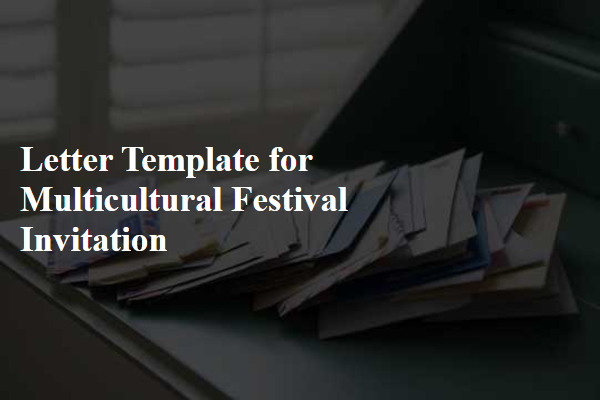
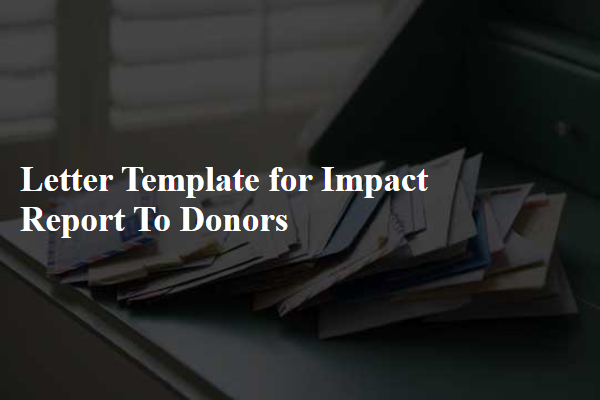
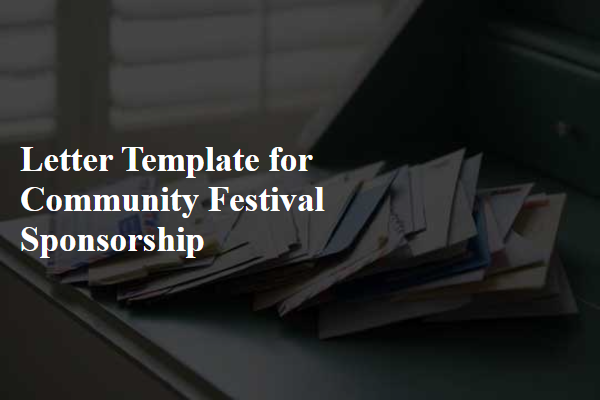
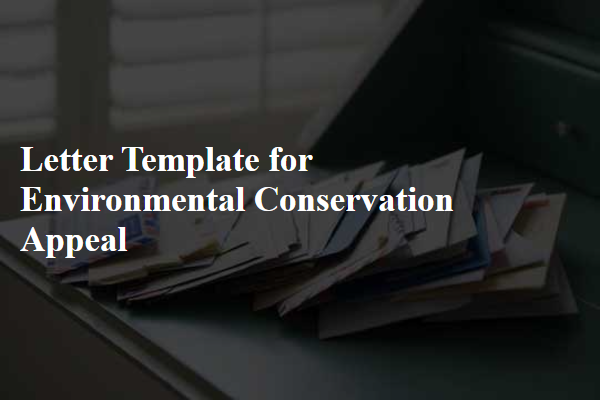
Comments